Posts Tagged ‘technology’
by Maria Popova, brainpickings.orgJune 26th 2012 8:12 PM
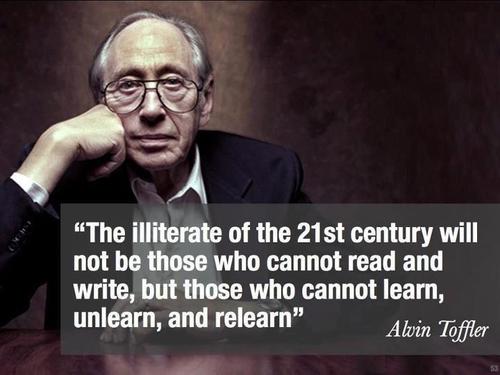
Talk to Me: Design and the Communication Between People and Objects
By: Maria PopovaThe ever-expanding definition and cultural role of design in the age of sensors, data, and responsive interfaces.
It is a privilege to have someone in your life who is both a good friend and a personal hero. I’m fortunate to count among those rare gifts MoMA Senior Curator of Architecture and Design Paola Antonelli — design oracle, crusader for humanized technology, curious octopus — whose shows continue to define and redefine design, expanding our understanding of it not only as a creative discipline but also as a cultural translator, social lubricant, and “interface between progress and humanity.” Her latest exhibition, titled Talk to Me, which ran between July 24th and November 7th, 2011, explored with an unparalleled blend of excitement and insight the evolving communication between people and objects — a relationship all the more palpable, quite literally so, in our age of ubiquitous sensors and data feeds and interfaces, yet still rooted in our inextricable and increasingly complex relationship with the physicality of the analog world.
Talk to Me: Design and the Communication between People and Objects (public library) is itself a meta-object in the exhibition — exquisitely produced and thoughtfully constructed to contextualize and illuminate the nearly 200 projects in the show, this analog artifact flows beautifully and seamlessly into the digital and mechanical world it encapsulates. An embossed faux-pixelated cover invites you to touch the “interface” of the book. On many of the pages, QR codes let you leap into a specific project’s digital presence. The Cubitt Fax computerizes the printed page, exuding a kind of binary intimacy.
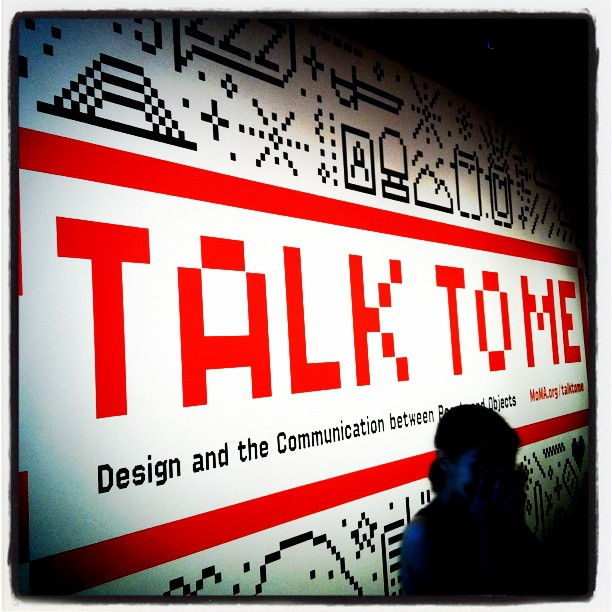
Paola writes in the introductory essay:
The bond between people and things has always been filled with powerful and unspoken sentiments going well beyond functional expectations and including attachment, love, possessiveness, jealousy, pride, curiosity, anger, even friendship and partnership.
And, indeed, the projects and objects featured span the entire spectrum of human intellectual and emotional investment. From the unapologetically analog and deeply personal, like Stefanie Posavec’s handmade visualizations and Nicholas Felton’s infographic life reports, to the widely exploratory and the wildly futuristic, like Christien Meindertsma’s brilliant PIG O5049 project and Daisy Ginsberg’s E.chromi “designer bacteria,” the works cover (and uncover) interfaces, tools, devices, data visualization, video games, websites, and many more facets of this curious cultural shift we are witnessing, exploring the intersection and interplay of these various conduits of communication.
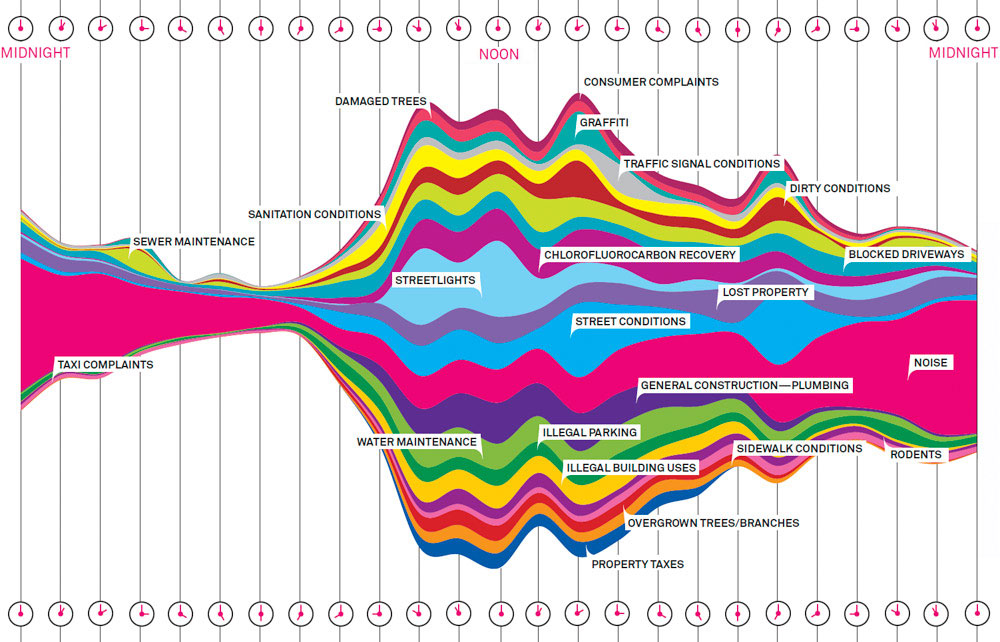
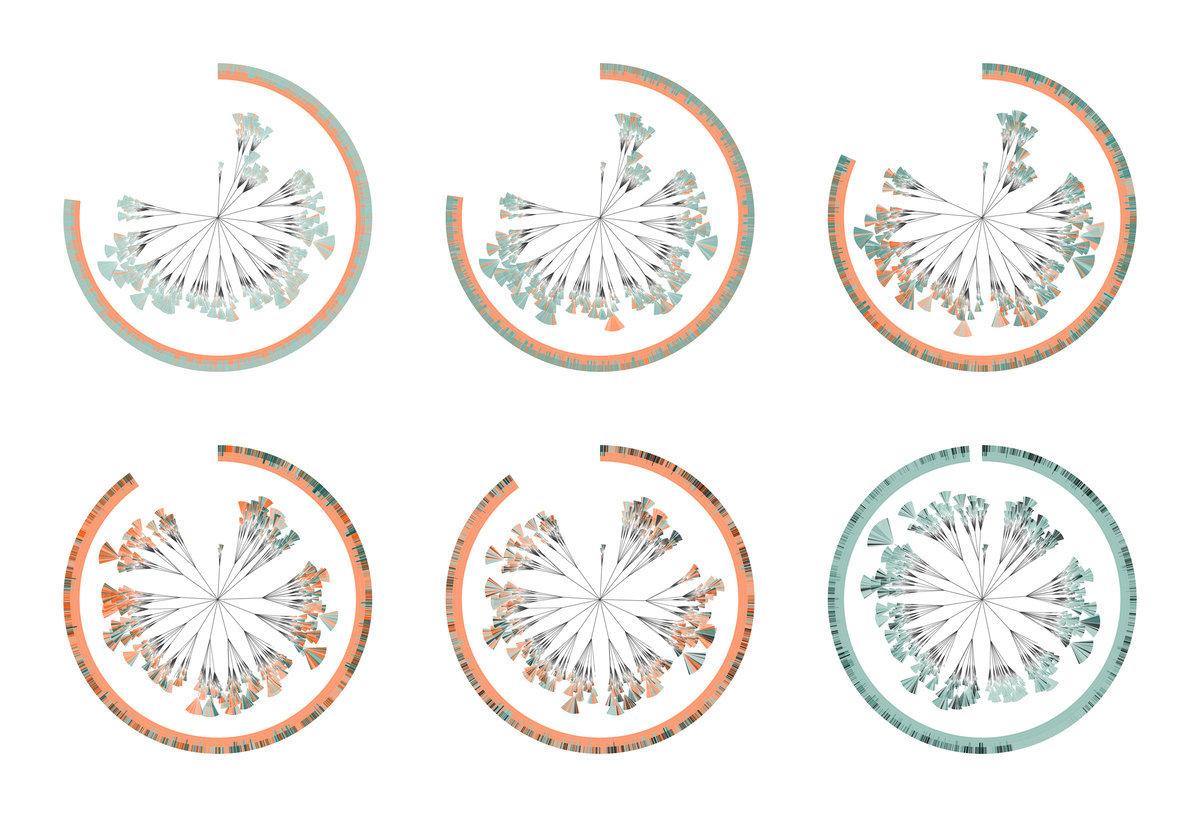
Talk to Me is also very much about locating the present:
In contrast to the twentieth-century triumph of semiotics, which looked down on communication as nothing but a mechanical transmission of coded meaning, the twenty-first century has begun as one of pancommunication — everything and everybody conveying content and meaning in all possible combinations, from one-on-one to everything-to-everybody. We now expect objects to communicate, a cultural shift made evident when we see children searching for buttons or sensors on a new object, even when the object has no batteries or plug.
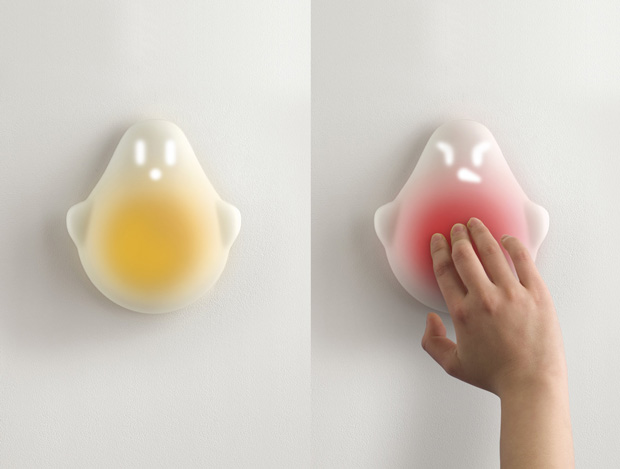
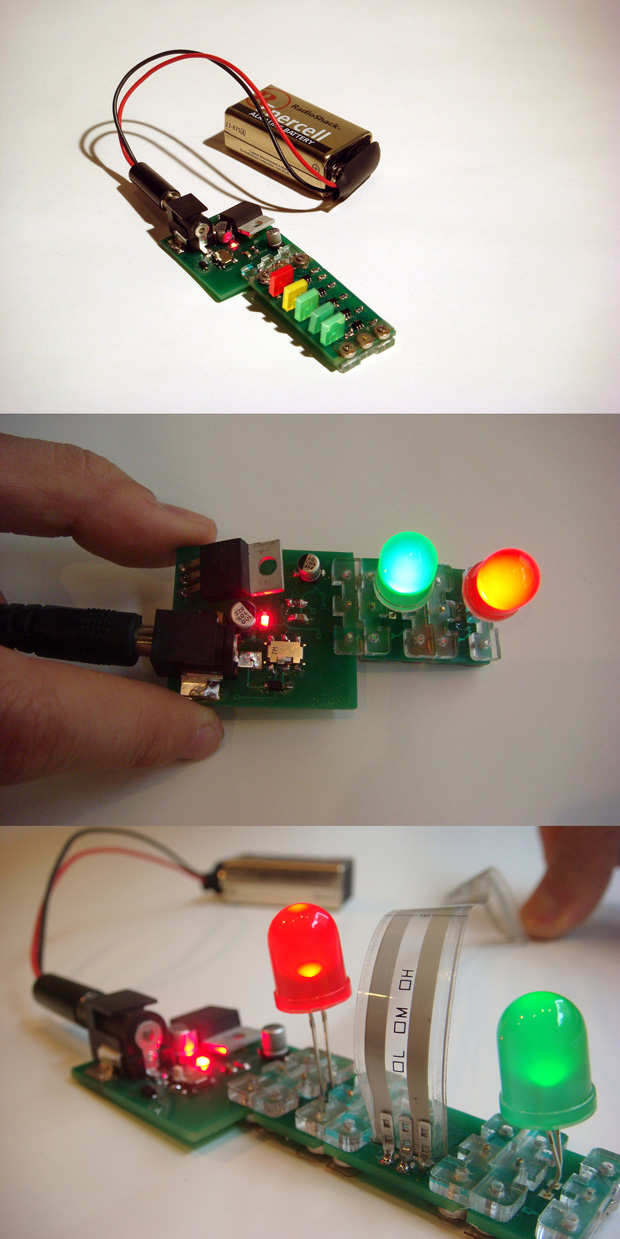
Paola’s talent for bridging the esoteric with the universal shines throughout:
In our relationship with objects, as in any relationship, indifference is the worst offense and laziness the worst sin.

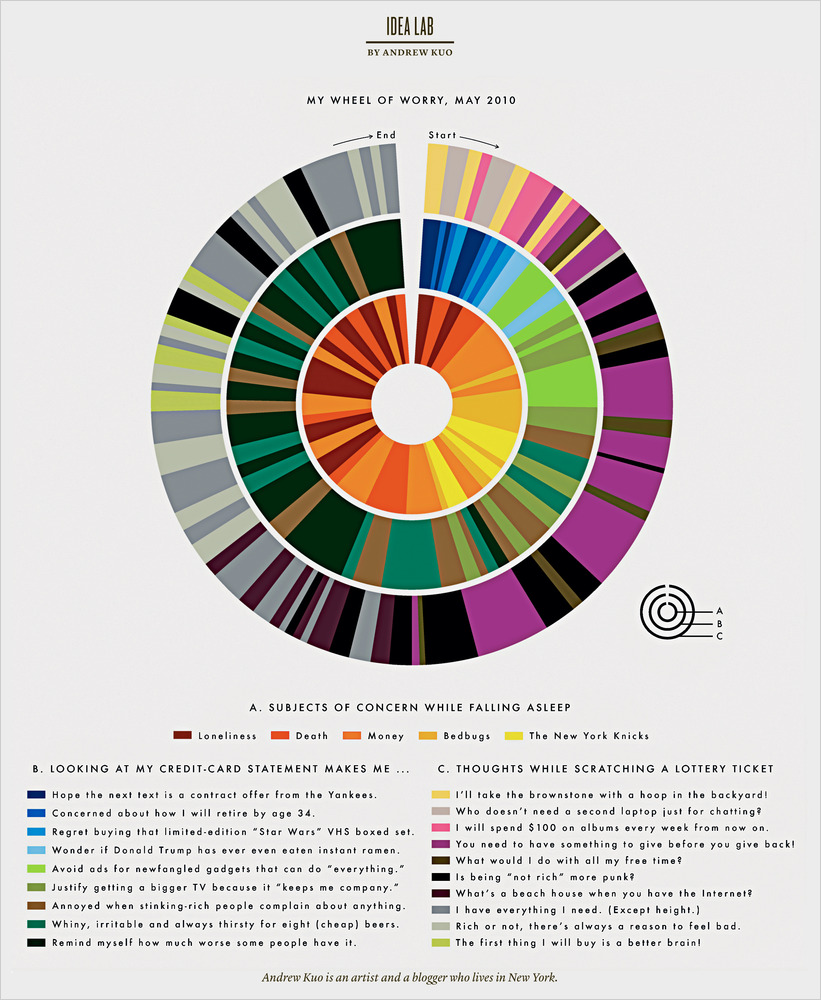
Citing Austrian-American psychologist and philosopher Paul Watzlawick and his five axioms of communication, defined in 1967, Paola examines how our paradigms of idea-transmission have both changed and remained the same half a century later:
The first axiom tells us, ‘One cannot not communicate.’ Any kind of gesture, behavior, and attitude can and will be interpreted as communication. In e-mail, for example, responding immediately to a message creates a particular subtext, as does not responding at all; a congratulatory message sent ‘reply all’ can be interpreted as displaying presence and authority or else insecurity, and an ill-advised response by a person who received only a blind copy reveals…something else.
The third axiom says, ‘The nature of a relationship is dependent on the punctuation of the partners’ communication procedures.’ Communication, Watzlawick posits, is cyclical, with each partner believing that he or she is simply responding to the other; some of the most common problems of the digital era arise from the cycle of amplification and reaction that marks our text exchanges, something that serial e-mail gaffers and awkward users will be familiar with. The problem is acute enough to require the invention of ToneCheck, developed by Lymbix, an emotional spell-check for e-mail messages that alerts the writer to excessive displays of anger, sadness, or insensitivity.
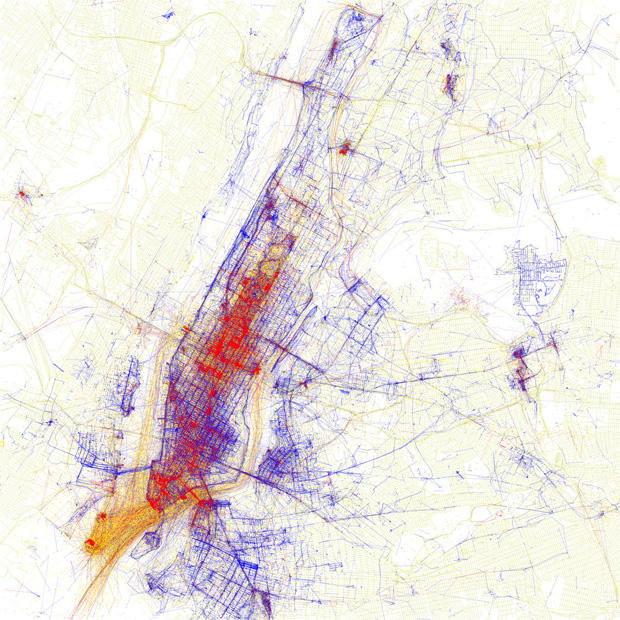
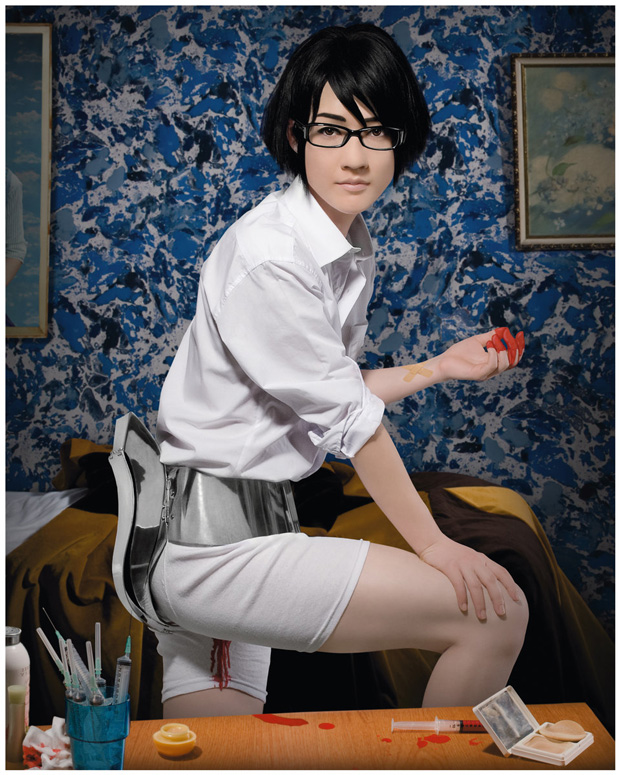
In the introductory essay, Paola also exercises her remarkable gift for explaining technical terminology and complex systems in layman language that takes none of the substance away, breaking down the four main design disciplines covered in the show:
Communication design focuses on delivering messages, and it encompasses most graphic design, signage, and communicative objects of all kinds, from printed materials to three-dimensional and digital projects. Interface and interaction design, which is sometimes brought under the more generic and functionalist rubric of user-experience design, delineates the behavior of products and systems, as well as the experience that people will have with them. Information or visualization design includes the maps, diagrams, and visualization tools that filter and make sense of the enormous amount of information that is more widely available than ever before. Critical design is one of the most promising and far-reaching new areas of study, using conceptual scenarios built around hypothetical objects to comment on the social, political, and cultural consequences of new technologies and behaviors. Its disciples are experts in ‘What if?’
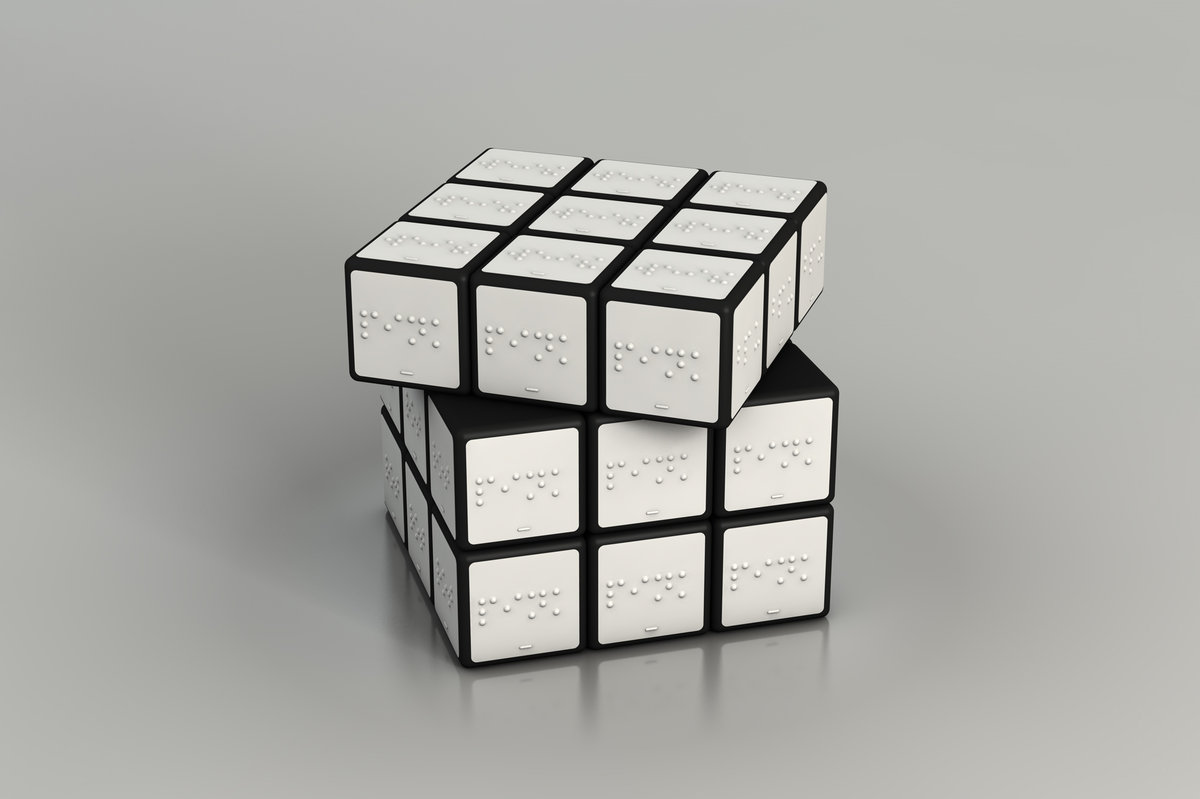
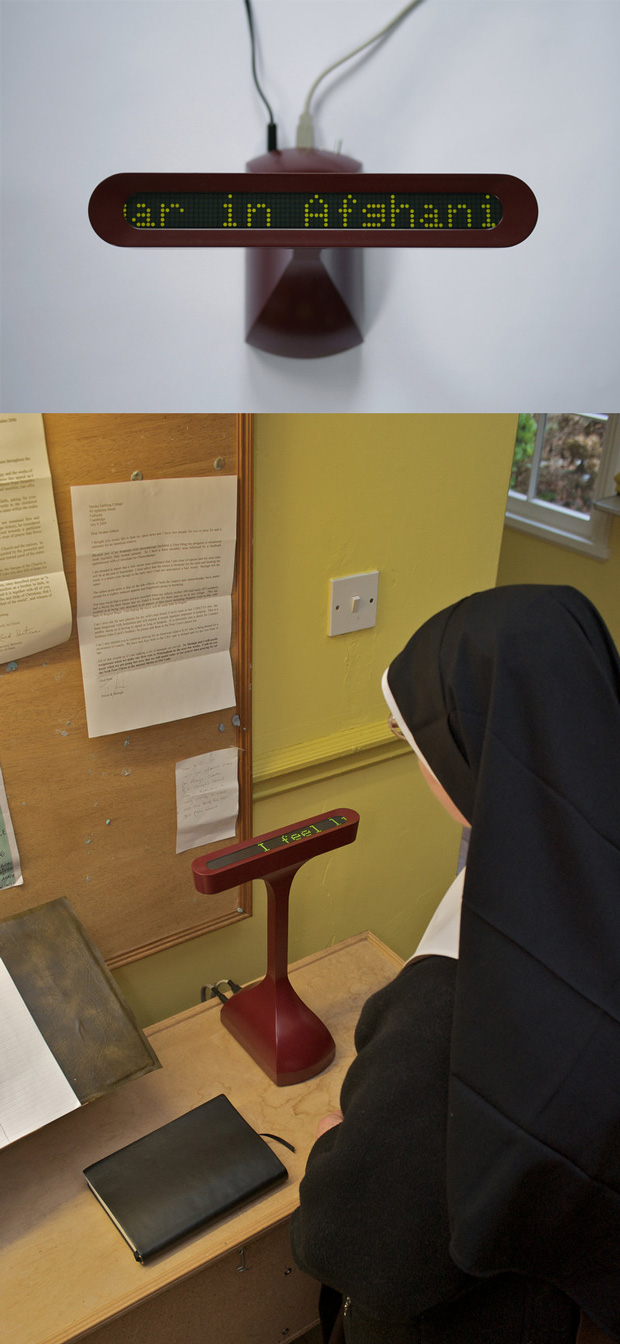
More than anything, Talk to Me is about both challenging and owning design as a centripetal force of culture:
Talk to Me is an opportunity to anchor design’s new dimension and highlight innovative interfaces that can inform designers in the future. Whether they use the skin and shell of objects as an interface or animate them from within, designers are using the whole world to communicate and are set on a path that is transforming it into an information parkour and enriching our lives with emotion, motion, direction, depth, and freedom.
[…]
It might seem that design has abandoned its tested, grounded, functionalist territory to venture into an ambiguous universe where its essence is confused and a crisis of identity arises — is the 5th Dimensional Camera art or scientific modeling? Is Humeau’s work creative paleontology? Are Sputniko!’s devices contributing to interpretive anthropology? Is Pachube mere coding and infrastructure engineering? Not at all. I claim them, with their powerful vision and their focus on knowledge and awareness, as design, and I praise their radical functionalism. Ambiguity and ambivalence — the ability to inhabit different environments and frames of mind at the same time — have become central to our cultural development. They are qualities that embody the openness and flexibility necessary for embracing diversity, and they are critical to the questioning and imagining that are the preferred methods of inquiry. Communication is at the nexus of all these necessary human features: the most critical function of design today.
Several essays by prominent cross-disciplinary thinkers contextualize the various thematic sections. In one titled “Reality Is Plenty, Thanks: Twelve Arguments for Keeping the Naked Eye Naked,” the always-thoughtful Kevin Slavin asks:
As parlor tricks go, [virtual reality] is a neat one. Reality is built on human perception, entering consciousness through the human eye. If you add to the stack, you have something like reality, only more. But more what?
In another essay, “Conversations with the Network,” Khoi Vinh observes:
The designer as author, as craftsperson bringing together beginning, middle, and end, becomes redundant in a space in which every participant forges his or her own beginning, middle, and end. And that is exactly what happens in networked media. The narrative recedes, and the behavior of the design solution becomes prominent. What becomes important are questions that concern not the author but the users. How does the system respond to the input of its users? When a user says something to the system, how does the system respond?
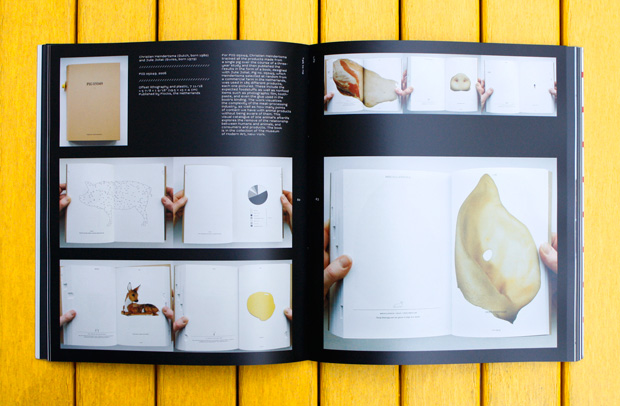
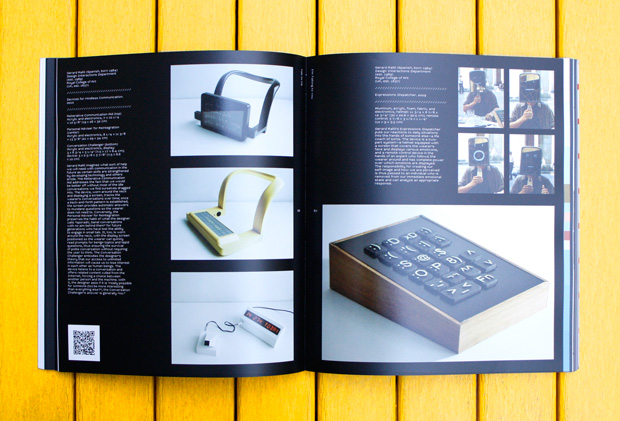
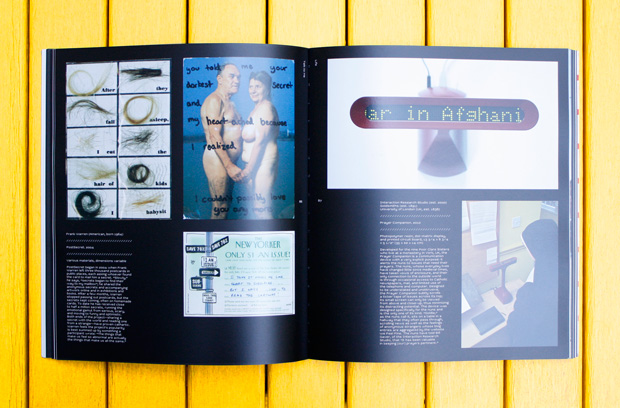
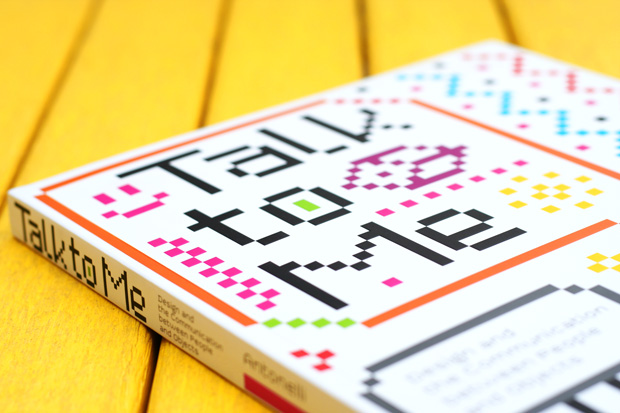
At its heart, Talk to Me: Design and the Communication between People and Objects — like the show itself, and the entirety of Paola’s work — is the essence of what true curation is: Context, conscience, cultural curiosity, and, above all, a point of view of what matters in the world and why.
Exhibition images and image captions courtesy of MoMA
Original Page: http://www.brainpickings.org/index.php/tag/technology/
Shared from Read It Later
No comments:
Post a Comment